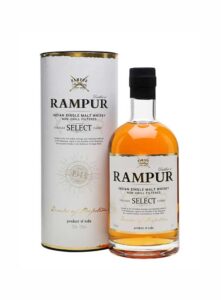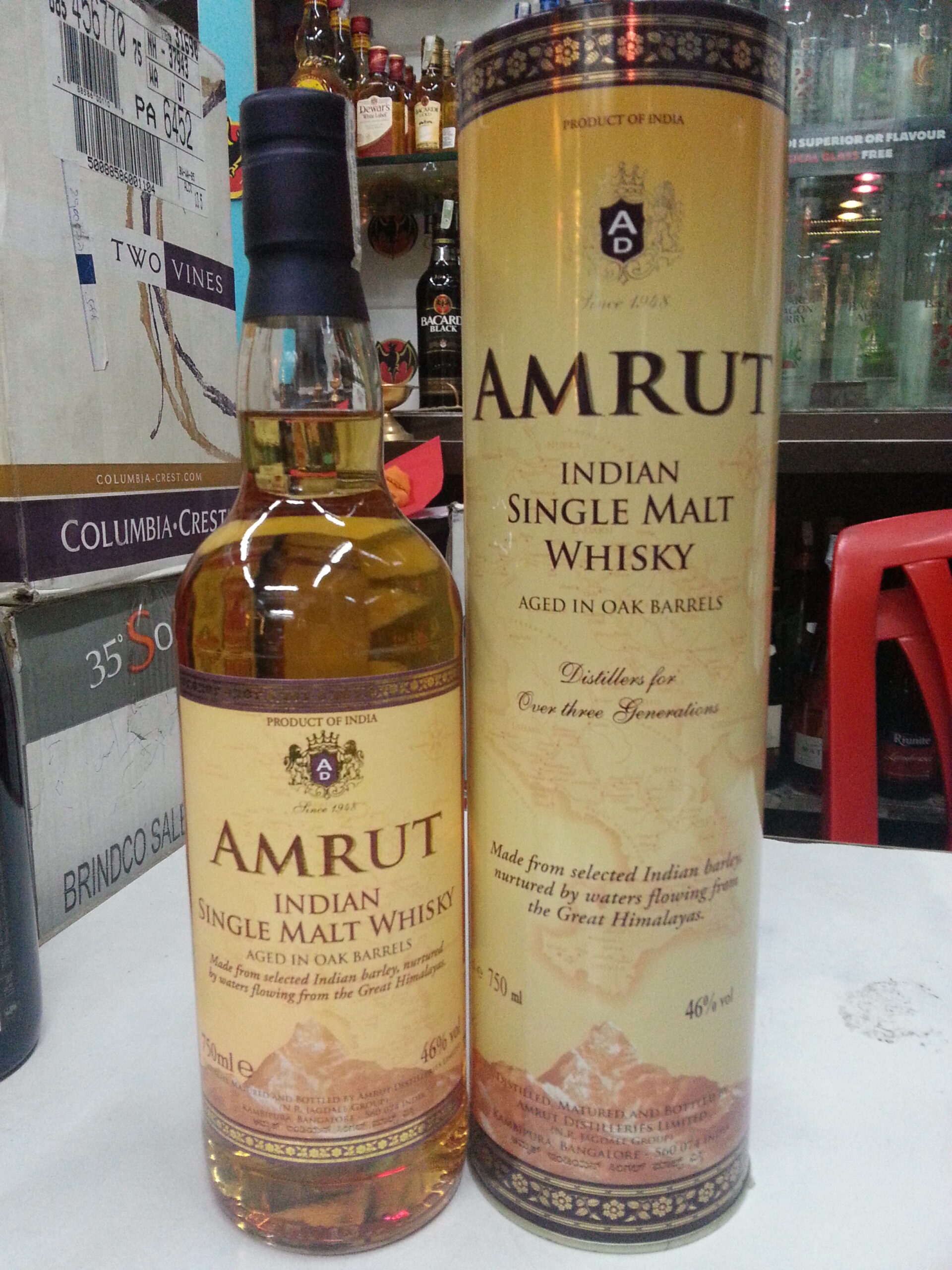GlenIndian Single Malt Whisky: Whiskey lovers across the globe have long been fascinated by the rich history, unique production methods, and exceptional taste of Indian Single Malt Whiskey. With India being the third largest consumer of whiskey in the world, it’s no wonder that this spirit has gained worldwide recognition and is now being exported to countries across the globe.

In this article, we will explore the fascinating world of Indian Single Malt Whiskey and delve into the differences between this type of whiskey and traditional Scottish whiskey. We will also introduce you to some of the most highly rated and sought-after Indian Single Malt Whiskeys, including Amrut Fusion, Paul John, and Rampur by Radico Khaitan.
A Closer Look at Indian Single Malt Whiskey
Single Malt Whiskey is made from malted barley and is produced in a single distillery, much like Scottish whiskey. The production process and aging techniques used in Indian Single Malt Whiskeys are similar to those used in Scotland, but the climate and terrain of India play a significant role in the production of this spirit.
The Indian climate, with its low humidity, leads to a higher alcohol by volume (ABV) as the water in the barrel evaporates first. In Scotland, the high humidity causes the alcohol to evaporate first, lowering the ABV. This means that the aging process of Indian whiskey is much faster than Scottish whiskey, with a three-year-old Indian whiskey being equivalent to an 18-year-old Scottish whiskey.
Flavor Profile of Indian Single Malt Whiskeys
Indian Single Malt Whiskeys are known for their tropical, fruity, and youthful flavors. However, these generalizations are not always accurate, as each distillery has its unique production methods and aging techniques that contribute to the final flavor profile of the whiskey.
One such distillery is Amulet, which produces a fusion of Indian and Scottish flavors in its whiskeys. The best way to understand the differences between Indian and Scottish whiskey is to taste them for yourself and decide based on personal preferences.
Evaluating Indian Single Malt Whiskeys
Amrut Fusion has a nose of burnt wood and rubber, with some fruity notes, and is bottled at 46%. The speaker finds it to be a decent whiskey and would have another dram. Paul John is from the state of Goa and uses six-row Indian barley. On the nose, it has notes of rubber, an eraser, and plastic, with a little bit of lemon. The speaker finds it sharp, but adding water improves the flavor. However, they still find it bitter and prefer Amrut Fusion over Paul John. Rampur has a nice presentation and is reasonably priced, but the speaker does not provide a detailed evaluation of its taste or smell.
The Radico Khaitan’s Rampur:

A Must-Try for Tropical Fruit Lovers Rampur, produced by the large drinks company Radico Catatan, has been in the market of single malt whiskey since 2016. The company, which has been in business for over half a century, is traditionally known for producing Indian whiskey made from molasses. The speaker mentions that some places in India may have difficulty obtaining this whiskey, but it can be found in duty-free stores.
The taste and fragrance of Rampur are described as having a “nice nose” with woody and biscuity notes and passion fruit and mango sorbet flavor. The whiskey also has a long and enjoyable finish, but the addition of water has a negative effect on the taste, dulling the fruit flavors and making it more traditional and malty.
https://madwhiskylab.com/whiskey-reviews/scotch-whisky-reviews/introducing-the-glen-grant-21-year-old-whisky-a-masterpiece-of-craftsmanship-and-quality/2023/





